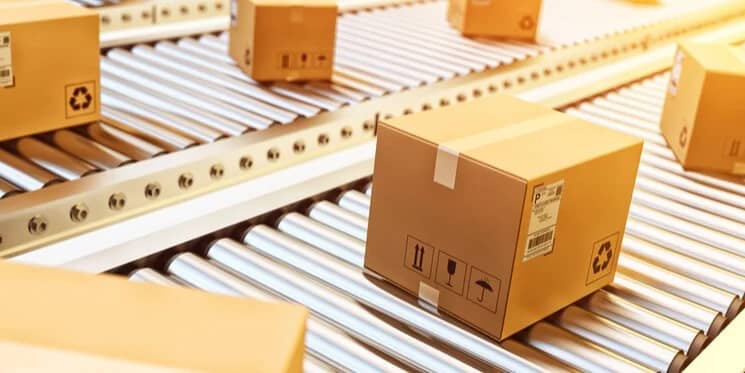OK, so you’ve spent precious hours creating a rich resource of remarkable content for your manufacturing prospects.
You've shaped it to address the specific needs of your buyer personas and you've tailored it to suit the individual stages of their buyer’s journey.
But are you missing a crucial piece of the puzzle? These days it’s simply not enough to assume that, in amassing this wealth of fresh and high quality content, it will automatically find its way to your target audience.
In order to ensure that your content is seen by the right people, and as many of the right people as possible. you’ve also got to have a dedicated and consistent strategy for promoting it.
So what exactly is involved in content promotion? What role can it play in ensuring you get the best possible return on your content creation efforts? And what’s the best way to execute it?
Let’s start firstly by looking at what it is you’re looking to promote.
Well crafted content can take many forms - from blog posts, newsletters and technical papers to larger “cornerstone” items such as webinars, podcasts, case studies, eBooks or explainer videos.
Increasingly too in the world of B2B marketing there's an awareness of the value of pillar pages - the detailed and authoritative long-form content that sits on the main navigation of your website and that acts as a comprehensive resource on a manufacturing topic that’s core to your sector.
If the concept of pillar pages isn’t yet on your radar, or you're unsure where to begin in creating it, then you might like to check out this recent post on the subject.
What is content promotion?
Content promotion is the means you use to put your content in front of your ideal audience.
It can take a variety of forms, from organic methods such as search engine optimisation, social sharing, email marketing or influencer outreach, to paid methods such as search engine advertising (pay-per-click) or paid social media campaigns on channels such as Facebook, Twitter or LinkedIn.
For the purposes of this post however, we’re going to focus on two key organic content promotion methods - social sharing and influencer outreach:
Social sharing
Executing a social media strategy that customises each message to suit your different distribution channels can be a time-consuming business.
Fortunately there are plenty of automated social media sharing tools (such as Buffer, Hootsuite and Bit.ly) that can help you to simplify and streamline the process and that can also be invaluable in enabling you to monitor and analyse your social sharing efforts.
For some useful insights into when, how (and how often) to post on a range of social media platforms, you might like to take a look at this blog post from the inbound marketing and sales platform Hubspot.
The inclusion of images can also be hugely powerful in your social sharing efforts. Recent research tells us that tweets with images receive 150% more retweets than tweets without images - and that Facebook posts with images generate 53% more likes than those without.
Repurposing images across different social platforms however, isn’t a-one-size-fits all business. So to ensure you get it right for each of your distribution channels here’s a step-by-step guide to customizing your images for social sharing.
Influencer outreach
Of course, social sharing isn't just about telling your own story. Ideally too it's about encouraging influencers within your sector to support, and talk about, your brand.
Influencer outreach is the process of identifying those key people in and around your industry who can help you to put your content in front of the right audience.
They may be industry experts who have a niche and dedicated following that's core to your business. They may be respected commentators, business leaders or authors. Or they may be your existing (or past) customers who are happy to share their personal experience of your product or service.
Word of mouth remains a hugely powerful medium for content promotion within B2B marketing. And there can be huge benefit in seeking out and wooing those individuals who would be willing to act as evangelists for your brand.
As Equinet blogger Keith Errington outlined in a recent blog post, influencer outreach and content promotion go hand-in-hand, each reliant on the other. As he explains:
"Without influence, the content you produce stays unknown, unrecognised and unloved and it won’t generate any traffic and leads. But then without content to share and talk about, there is no way for influencers to help spread your message."
Finally too we can’t overstate how important it is to create content that’s engaging, relevant and highly shareable in the first place.
The aim of the game is to focus on promoting your high-performing content - the content that has higher than average engagement (such as likes, shares and link clicks) which will drive increased traffic to your website and deliver you high-quality leads.
If you have the internal resources then you may be able to create and promote your own content in-house.
Or you may prefer to outsource part or all of your content creation (and the important task of promoting it) to a company that lives and breathes inbound marketing.
Whatever your strategy for creating high quality and authoritative content for your sector, it’s essential that you dedicate the time not just to creating it but to “shouting about it” through a coordinated and consistent content promotion plan.



